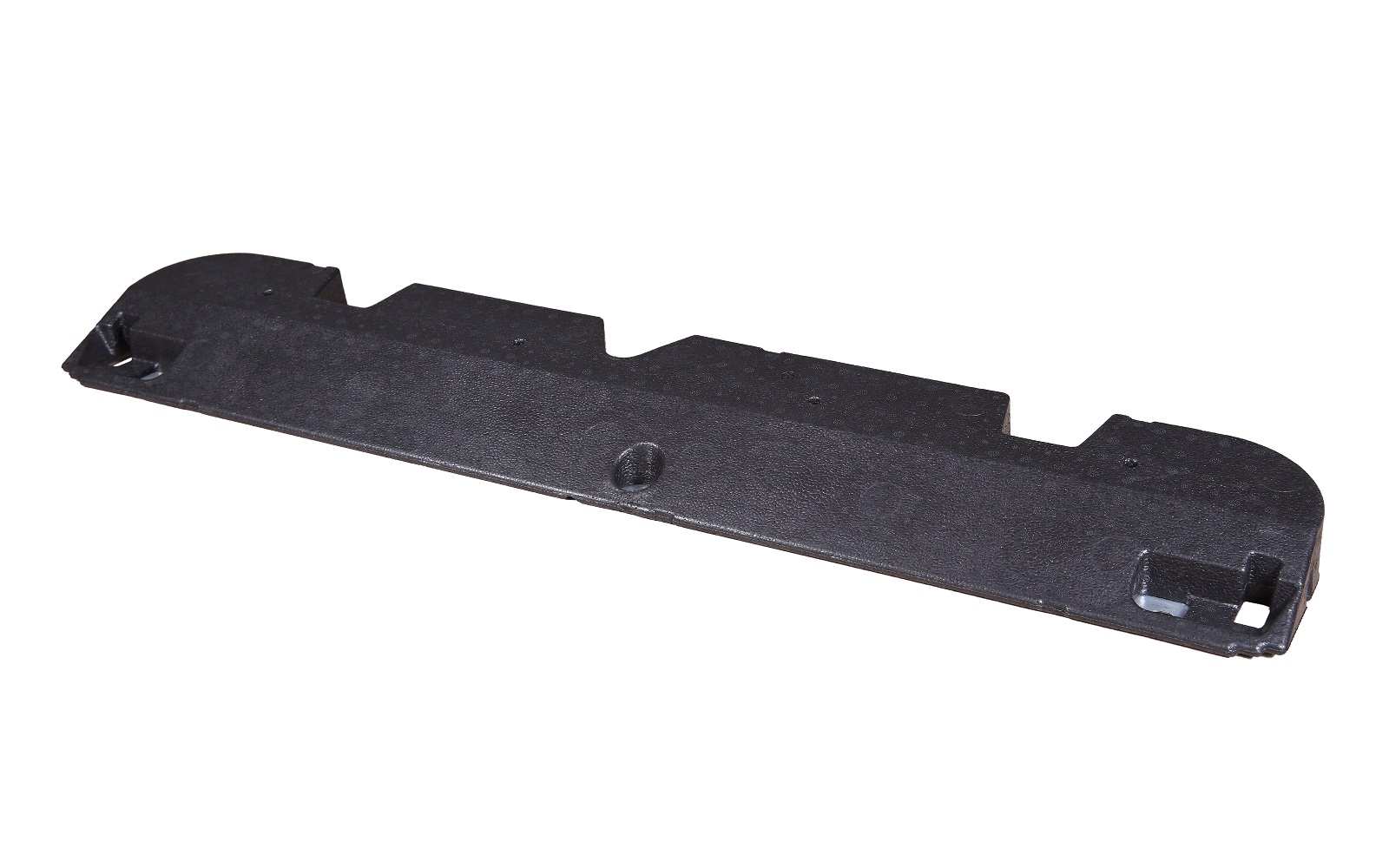Discharging batteries, freezing fluids or scraping windscreens of frost are the daily routine of all drivers in winter. A period of sub-zero temperatures is demanding for both internal combustion engine cars and electric cars. Will either of these two drive types perform better in winter conditions?
In general, sub-zero temperatures are a demanding test of reliability for all cars. Under such conditions, the efficiency of both electric car and conventional batteries decreases. This is because the electrolyte in which electricity is stored thickens at low temperatures, causing the efficiency of the batteries to drop. This is exacerbated by short journeys, long periods of parking in the cold and the need to power other comfort and safety systems such as heated mirrors, seats and air conditioning. In the case of electric cars, the battery is also responsible not only for providing the power needed to run the engine during the journey, but also to run all the functions of the car, including heating the cockpit. Despite appearances, however, an electric drive can be more reliable, provided that a few basic rules are observed.
Starting a combustion engine in winter
Internal combustion cars use lead batteries whose capacity drops to around 80% at -10°C, and the lower the temperature, the greater the drop. The condition of a car battery is additionally affected by the way the car is used. Alternators are only able to adequately recharge the battery during prolonged driving. However, if a vehicle is used for short distances and in traffic jams, it runs on a deficit of energy at all times. Sometimes it only takes a few such days with negative temperatures and the electrolyte containing distilled water can even freeze, resulting in the inability to start the engine. For some time now, combustion engine cars have been additionally equipped with special systems such as: “Stop&Go”, which also affects the life of the battery. They are designed to reduce exhaust emissions by switching off the engine when the vehicle is stationary. When restarting, the starter starts the engine again using energy from the battery, which increases power consumption. A sure way to avoid performance problems with a lead battery in winter is to charge it overnight with a rectifier and protect it from cold temperatures, e.g. by using special heat insulating covers, and preferably park the car in a heated garage. As a general rule, however, manufacturers advise replacing a car battery every four to six years to be 100% sure that it will not unexpectedly discharge during a planned journey.
See also: How to extend the range of an electric car in winter?
Electric car and frost
It is a common misconception that electric cars are less able to withstand sub-zero temperatures than combustion engines. Lithium-ion batteries for electric cars discharge more quickly in such conditions, which has a direct impact on the decrease in range by up to several dozen kilometres compared to the summer season. The optimum battery operating temperature is around 20°C. In winter, it is therefore particularly important to have a reserve battery capacity in the electric car before a planned journey. The solution is very simple – just charge the battery more often, for example by connecting the car to a charger overnight, and don't let it run down completely. In crisis situations, you can also reduce the operation of certain systems, e.g. by lowering the temperature of heating or switching it off completely. It is assumed that the optimum level at which you should stop charging your car battery is 80%. In addition, electric car manufacturers use systems to regulate the operating temperature of the cells, as well as special casings with thermal insulation properties. The ideal material for such an application is EPP foamed polypropylene, processed in Knauf Industries' factories , which combines high thermal insulation with light weight, resistance to damage and excellent damping properties. Specially developed insulators included in complete battery packs reduce heat transfer between battery components, eliminating the risk of thermal loss. This material also has a very high breakdown voltage value, so it minimises the risk of current flow between cells and therefore reduces the risk of internal defects in car batteries during operation.
Read also: Hybrid cars are becoming increasingly popular, but do they work well in winter?
Electric or internal combustion engine car?

While an electric car may seem less cold-resistant than an internal combustion engine, it really all depends on how you operate it. It is sufficient to maintain regularity of charging and to control all the parameters of the systems in order to avoid unforeseen situations that internal combustion cars, which are more complicated in terms of design, can provide. The on-board computer, linked to the electronics installed on board electrically-driven vehicles, provides users with all the necessary information on the expected level of charge and range of the battery, whereas in internal combustion cars it is not always possible to keep a constant check on the status of all the systems and the fluids in them.
For example, users often only become aware of the need to replace the battery in an internal combustion vehicle when they can no longer start the engine. This usually results in higher costs for repair services or transport by car trailer. In contrast, the condition of an electric car can be monitored more easily and the necessary actions carried out before a problem occurs. It's definitely worth having your car serviced before every winter, whether it has an internal combustion or electric engine. Some car manufacturers provide such services free of charge or for a nominal amount. Then you can check in advance what condition your car is in and how to prepare it as best as possible for the coming winter.